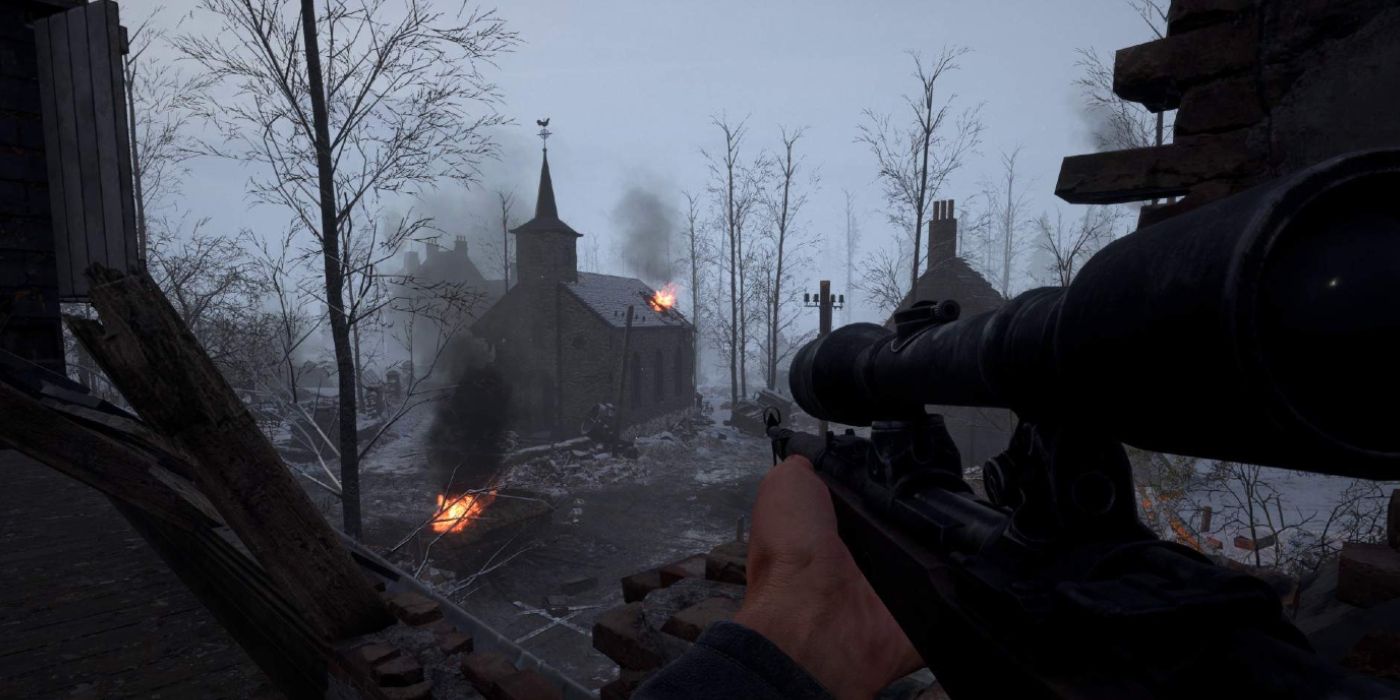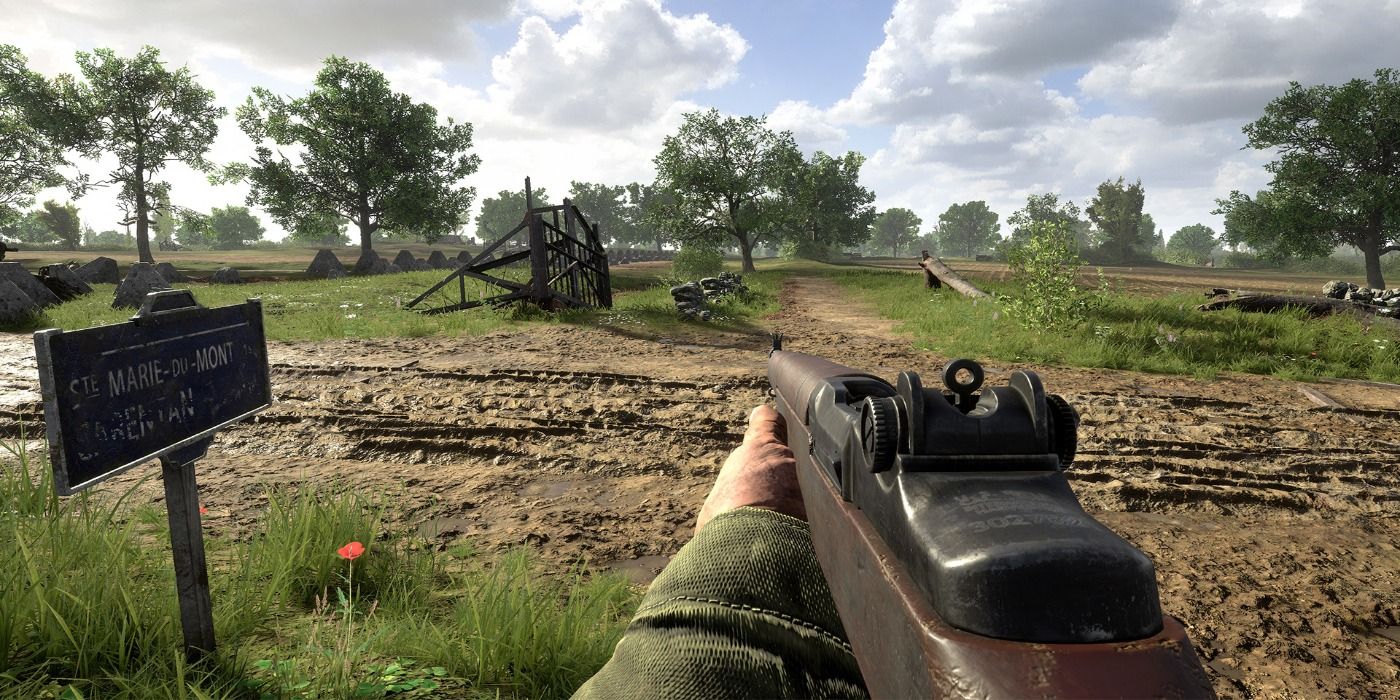Hell Let Loose launched on PlayStation 5 and Xbox Series X at the beginning of October, giving console owners the opportunity to experience the game's terrifying depiction of World War II. Hell Let Loose differs drastically from console shooter staples such as Call of Duty and Battlefield, placing emphasis on teamwork and tactics over fast-paced run-and-gun gameplay. Players can take on a number of unique and important roles across the game's many maps, which serve up vast, authentic depictions of real-life WWII battlefields. This level of authenticity manifests across both its gameplay and presentation, as players have to contend with minimal HUD elements, significant recoil, and no aim-assist. It only takes as little as one bullet to kill, depending on the weapon, making each and every confrontation in Hell Let Loose a truly terrifying prospect.
The importance of each firefight in Hell Let Loose is hammered home further by the game's spawn system. If players are placed in a team that isn't coordinating, they can quickly find themselves locked in a spiral of long, dull walks to the frontline each time they become a casualty. The game's maps are truly gargantuan, and it's down to those playing as Hell Let Loose's infantry officers, supports, and commanders to ensure that the period of downtime in between engagements is minimal, through creating garrison and outpost spawn points for their teammates to use and get to the action more quickly.
It can make for an intimidating experience, but it's a welcome change of pace from other WWII titles. Think Rainbow Six Siege but on a larger scale; each death may not be permanent, but Hell Let Loose requires a similar level of cooperation and communication in order to succeed. What dials up the tension even more though is the bare-bones nature of the game's gunplay. While more recent WWII shooters have divested from history and made the guns of the era much more modular than they were in real life, Hell Let Loose strives for authenticity. Players have to make do with iron sights (unless they're a sniper) and, given most of Hell Let Loose's firefights occur at some range, it's unlikely they'll be tearing up the battlefield like a 1940s-era John Wick - especially if they're using a controller.
Hell Let Loose Is A Truly Unique WWII Shooter
The decision to commit to the WWII setting and prioritize historical authenticity over customization undoubtedly works to Hell Let Loose's benefit, distinguishing it further from the more dominant shooters like Call of Duty: Vanguard and Battlefield 2042. Kill an enemy soldier, and players won't be greeted with big flashy text and an instant boost of XP. They may hear a thud or a clink to indicate a body or headshot, but at greater distances, they'll have to rely on visual confirmation or a callout from a teammate to determine if they got their guy. Dead enemies will invariably fall to the ground, but when the bullets are flying and artillery is coming down, it can sometimes be difficult to tell whether or not someone has been taken out of the fight, or if they simply ducked for cover.
The upcoming Call of Duty: Vanguard goes hard on customization, but the decision to do the exact opposite with Hell Let Loose makes it far more compelling than the competition. A lot of shooters are guilty of over-equipping players, but in Hell Let Loose, each player has a specific job to do. Some units are more versatile than others, but in practice, each player has to rely on their teammates to do their job most effectively, which contrasts greatly with the go-it-alone approach of Call of Duty.
There are a lot of systems players will have to navigate in order to thrive on the battlefield, but the more that they put in, the more that they'll get out of the experience. Nothing beats successfully navigating a tricky firefight in Hell Let Loose, or the sense of fear and adrenaline that comes with it.


